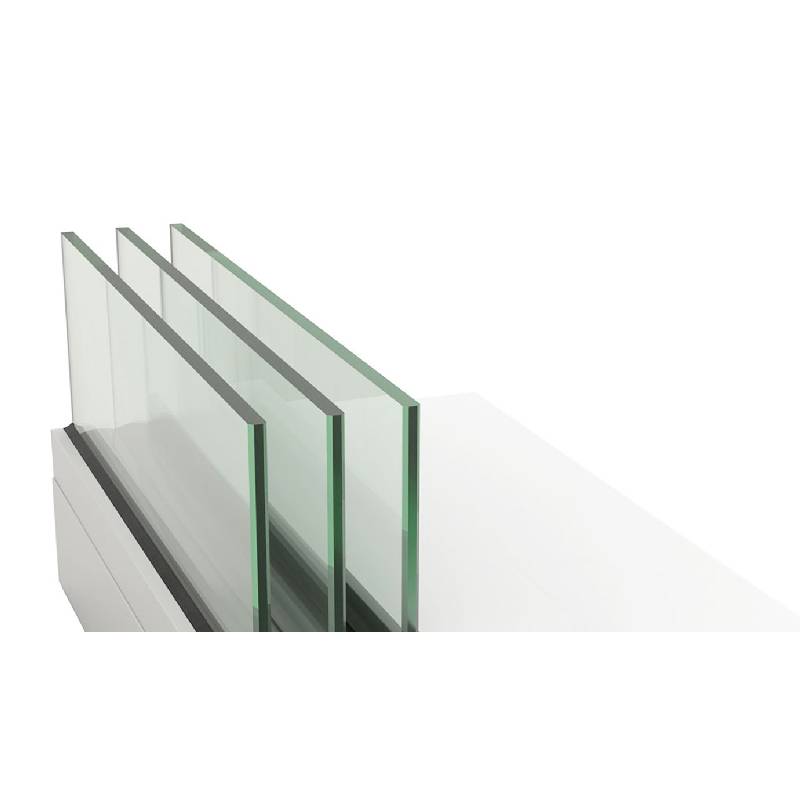

The Versatility of Tinted Mirror Glass A Modern Architectural Trend
In recent years, tinted mirror glass has emerged as a popular choice in architecture and interior design, offering both aesthetic appeal and practical benefits. This innovative material combines the reflective qualities of traditional mirror glass with the added advantage of tinting, making it suitable for a variety of applications, from residential buildings to commercial spaces. With its unique properties, tinted mirror glass is reshaping the way we think about our environments.
The Aesthetic Appeal
One of the primary reasons for the rising popularity of tinted mirror glass is its striking visual aesthetic. With a range of colors available—from subtle greys to deep bronzes—this type of glass can enhance the architectural features of a building while seamlessly blending in with its surroundings. The tinted surface reflects light in a captivating way, creating a dynamic visual experience that changes throughout the day depending on the direction of sunlight. This property also allows architects and designers to play with light and shadow, creating stunning effects that can transform a simple space into a work of art.
Energy Efficiency
Beyond aesthetics, tinted mirror glass contributes to energy efficiency. The tinting process reduces the amount of visible light entering a space, which in turn lowers the need for artificial lighting during the day. Furthermore, it can help to minimize glare, making indoor environments more comfortable for occupants. By reflecting a significant portion of solar radiation, tinted mirror glass can also lower cooling costs in warmer climates. This energy efficiency can be a strong selling point for modern buildings seeking sustainability certifications or simply aiming to reduce energy expenditures.

Privacy Without Sacrificing Natural Light
Another major advantage of tinted mirror glass is its ability to provide privacy without completely blocking natural light. The reflective nature of the glass allows occupants to enjoy a view of the outside while preventing those outside from seeing in. This aspect is particularly beneficial for urban environments, where buildings are often in close proximity to one another. It allows residents and employees alike to feel secure in their spaces while still benefiting from the natural light and outdoor views that enhance well-being and productivity.
Durability and Low Maintenance
Tinted mirror glass is not only visually appealing and energy-efficient but also durable and low-maintenance. The processes used to manufacture this type of glass often enhance its strength and resistance to scratching compared to standard glass. This durability makes it an ideal choice for high-traffic areas, both indoors and outdoors. Additionally, the maintenance requirements for tinted mirror glass are relatively minimal. A simple cleaning routine is usually sufficient to keep its appearance pristine, making it a practical choice for both residential and commercial applications.
Conclusion
In conclusion, tinted mirror glass stands as a testament to the evolving trends in architecture and design. Its unique combination of aesthetic appeal, energy efficiency, privacy benefits, and durability makes it a versatile material that meets the demands of modern living. As architects and designers continue to seek innovative solutions to create beautiful, functional, and sustainable spaces, tinted mirror glass will undoubtedly play a pivotal role in shaping the environments of the future. Embracing this trend is not just about enhancing designs; it’s about creating spaces that are comfortable, energy-efficient, and reflective of the world around us. As we move further into the 21st century, the influence of tinted mirror glass on architectural practices will likely continue to grow, offering exciting possibilities for innovation and creativity.